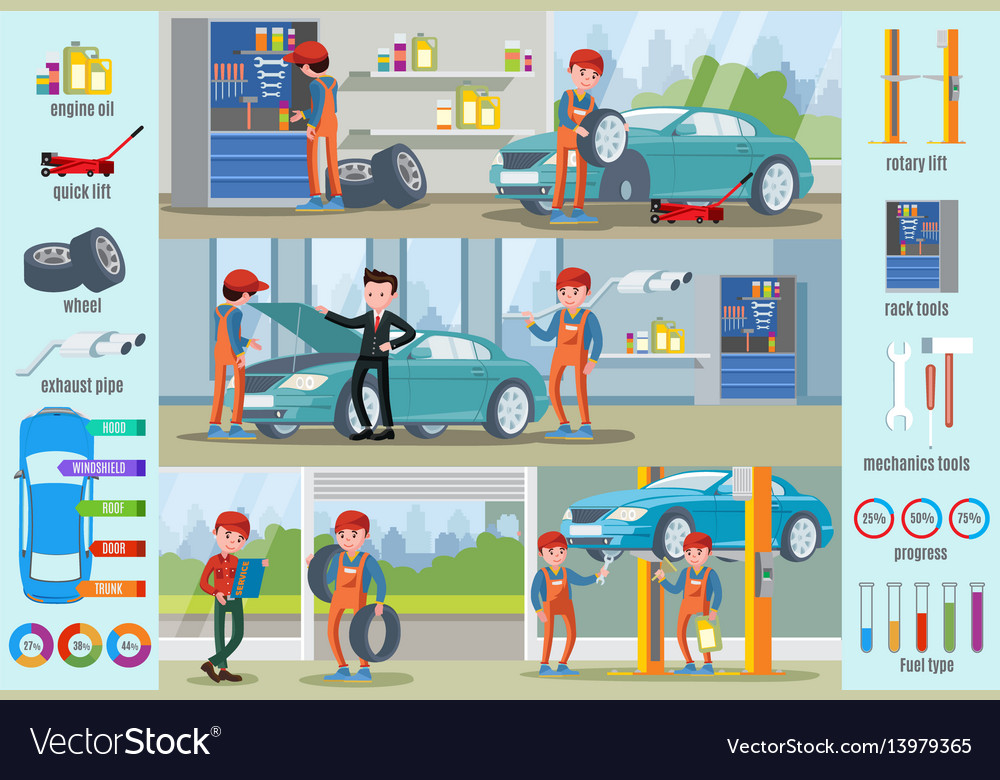Discovering The Genuine Interpretation Of Your Cars And Truck'S Warning Lighting
Discovering The Genuine Interpretation Of Your Cars And Truck'S Warning Lighting
Blog Article
Created By-Cummings Dreier
When you lag the wheel, those radiant caution lights on your dashboard can be a little bit difficult. Do https://ccxmedia.org/news/as-new-vehicle-prices-soar-auto-shops-report-spike-in-car-repairs/ recognize what they're trying to inform you regarding your auto's wellness? Recognizing the value of these lights is important for your safety and security and the longevity of your vehicle. So, the following time one of those lights appears, would not you want to decode its message precisely and take the essential steps to address it?
Common Caution Lights and Interpretations
Identify usual warning lights in your car and comprehend their significances to guarantee safe driving.
The most typical warning lights include the check engine light, which signifies issues with the engine or discharges system. If this light comes on, it's essential to have your lorry checked immediately.
The oil pressure advising light suggests low oil pressure, requiring prompt focus to stop engine damage.
A flashing battery light might suggest a malfunctioning billing system, possibly leaving you stranded if not dealt with.
The tire stress monitoring system (TPMS) light signals you to reduced tire pressure, impacting automobile security and fuel efficiency. Ignoring this could result in hazardous driving problems.
The abdominal light indicates a trouble with the anti-lock stopping system, compromising your capability to stop promptly in emergencies.
Finally, the coolant temperature alerting light warns of engine getting too hot, which can result in serious damages otherwise fixed promptly.
Recognizing these common caution lights will help you deal with issues without delay and keep safe driving conditions.
Significance of Prompt Focus
Understanding the typical warning lights in your car is only the first step; the significance of quickly dealing with these cautions can't be emphasized sufficient to guarantee your safety on the road.
When a warning light illuminates on your control panel, it's your automobile's way of interacting a potential concern that needs interest. Neglecting these warnings can bring about more serious troubles later on, jeopardizing your safety and possibly costing you extra out of commission.
Motivate interest to advising lights can stop malfunctions and mishaps. As https://motorvehiclechassis72615.blazingblog.com/27768300/a-roadmap-to-successfully-navigate-the-world-of-car-repair-service-shops , a flashing check engine light might indicate a misfire that, if left ignored, can trigger damages to the catalytic converter. Addressing this promptly can conserve you from an expensive fixing.
Similarly, a brake system warning light may indicate reduced brake fluid or worn brake pads, essential elements for your safety and security when driving.
Do It Yourself Troubleshooting Tips
If you notice a caution light on your dashboard, there are a couple of DIY troubleshooting pointers you can try before seeking expert aid.
The first step is to consult your cars and truck's manual to recognize what the details warning light suggests. In some cases the problem can be as basic as a loose gas cap causing the check engine light. Tightening the gas cap may solve the issue.
Another usual issue is a reduced battery, which can activate different warning lights. Checking the battery links for deterioration and ensuring they're protected could fix the issue.
If a warning light persists, you can attempt resetting it by detaching the auto's battery for a couple of minutes and afterwards reconnecting it. In addition, checking your lorry's liquid levels, such as oil, coolant, and brake fluid, can help fix alerting lights related to these systems.
Read Full Report
To conclude, understanding your automobile's caution lights is essential for maintaining your car running smoothly and securely. By quickly dealing with these alerts and recognizing what they mean, you can prevent pricey fixings and possible malfunctions.
Remember to consult your car's guidebook for certain details on each alerting light and act accordingly to ensure a trouble-free driving experience.
Stay notified, stay risk-free on the road!
